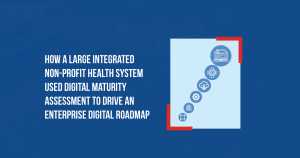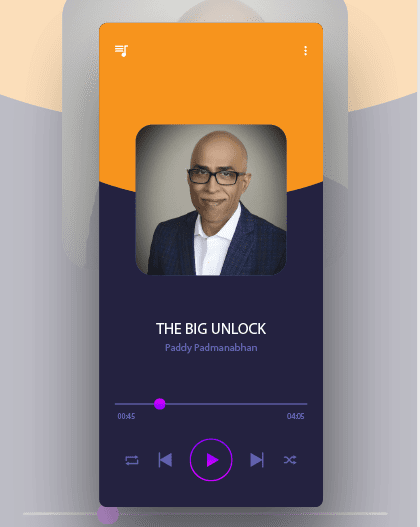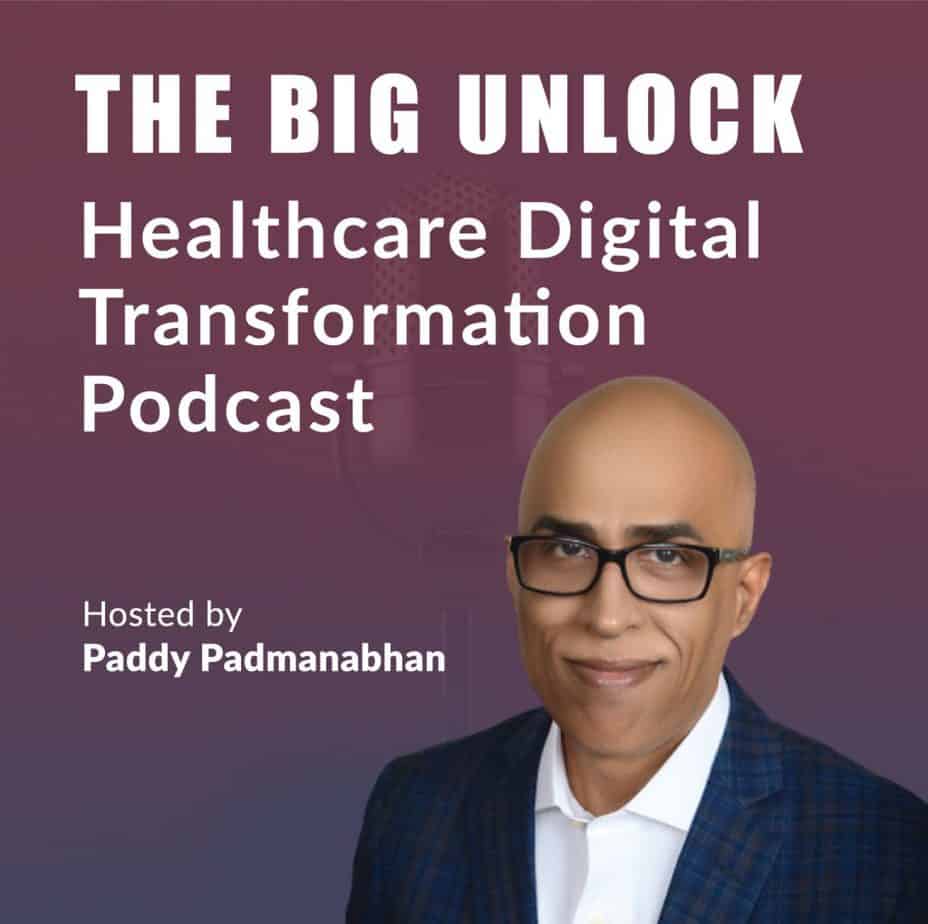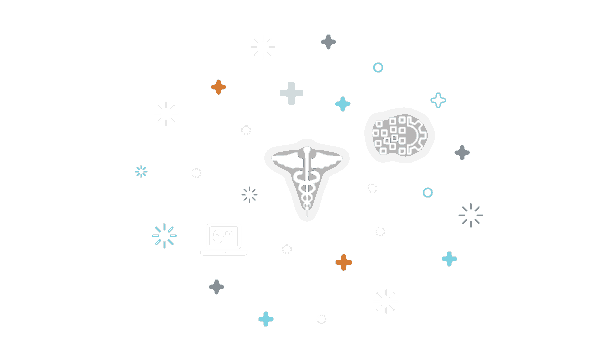Interoperability for improved care coordination amid COVID 19

COVID-19 has brought up the issue of fragmented health information again, making interoperability of health data paramount. Therefore, there could have been no better time for the interoperability and patient access rule.
The rule helps improve the decision-making process for physicians and health systems by connecting siloed information across the care continuum. According to Grahame Grieve, the founder of HL7 FHIR, interoperability is all about people and connecting their health stories across different specialties, visits and consults across multiple locations. Connecting the health story of an individual holds valuable clues to the diagnosis and treatment.
Advantages of FHIR
Data today is still locked down in individual EMR systems after each patient visit. The payers, too, have a large portion of this data through the claims and encounter data that flows to them during billing processes.
As an example, a patient’s journey from ambulatory care to urgent care and acute care in an episode of COVID-19 has tons of important healthcare information generated in a short span. Seamless access to this information about a patient across the care continuum is the solution to better care coordination that can be solved by the Interoperability and Patient Access rule primarily by using FHIR APIs.
- FHIR is free to use. FHIR is built on existing web technologies such as https, REST, XML, and JSON. The FHIR API standards support technologies that mobile devices use – both Android and iOS devices – making it easy for developers to build on it.
- FHIR allows for vendor-neutral information exchange. The HL7 Argonaut project is a private-sector initiative that is an implementation community led by technology leaders in healthcare. The primary goal is to collaboratively work on industry use cases using FHIR and secure authentication protocols for healthcare information exchange. The goal is to create vendor-neutral applications that can be leveraged across the healthcare industry by all patients. So, it becomes easier for patients to visit multiple facilities using different EMR technologies to get information on their smartphones using standard technologies and interfaces.
FHIR API standards help to solve the problem of different technology standards of the entire list of software products used in the healthcare industry. Most leading EMRs and payers have already stayed ahead of the curve by having robust developer platforms with sandboxes to access and play around with sample data. The industry realizes the benefits of FHIR over 2.x, and other standards are moving fast from HL7 2.x to FHIR.
Uniform terminology standards to ease interoperability
The USCDI terminologies have been prescribed for all clinical and administrative data classes for the exchange of data. Irrespective of the EHR used and the terminology nomenclatures by individual physicians, the vocabularies and content are coded at the back end with the verbiage defined by the vocabulary standards. Terminology standards such as SNOMED CT, LOINC make it possible to interpret data irrespective of their origin or language without any loss of meaning. This helps with the consolidated view of the patient’s health journey.
According to Aaron Miri, CIO of Dell Medical School and UT Health Austin, to realize the real value of interoperability, all other care systems along the care continuum, such as SNFs, home healthcare and PCPs, must be connected. He suggests that a general baseline of standards-based data capture for public health using USCDI standards and recording the social determinants of health, along with a better partnership between the public health and private sector, would pave the way towards interoperability.
The COVID-19 pandemic has made it even more imperative for all healthcare systems to have interoperable systems. In late 2015, capturing pregnancy status was not mandatory during electronic documentation. During the Zika outbreak, this resulted in congenital disabilities like microcephaly in newborns of infected mothers. Electronically documenting and sharing patient records across the care continuum helps physicians be aware of possible complications in the event of an outbreak, even when a patient is visiting them for an unrelated reason.
Privacy and security concerns
There have been concerns about the privacy and security issues around the interoperability ruling. Patient medical records include personal and family history. There is a probability of information falling into unscrupulous hands with open access and multiple app developers. But to counter the arguments of privacy and security, there always are technology guardrails in place to allow for a smooth exchange of PHI across systems.
Most of the leading EHR platforms provide access to patient data by granting consent at the patient level on all their consumer platforms, which makes it secure for the patient and allows for a single view of the patient information.
Impact of COVID-19 and interoperability
COVID-19 has brought about a transition in the way medicine is practiced across the world. Physicians who were earlier reluctant to go virtual are now opting for it to facilitate care coordination during COVID-19 times. According to Dr. Jonathan Slotkin, vice chair of neurosurgery and associate chief medical informatics officer of Geisinger, there are troves of important data like positive COVID results, signs and symptoms, sitting in siloed EHRs across different hospital systems in care settings across the country.
These troves of patient data, when harnessed in an automated, real-time manner, can be used by health systems, states and the federal government to predict surges in COVID-19 cases, to determine which patients are more likely to get acutely infected, and to provide healthcare systems with risk- and severity-adjusted information to predict other findings.
COVID-19 has demonstrated the need to go virtual and seamless to provide improved care to patients. As more health systems continue to remodel their businesses around these needs and the rule, interoperability will become the lifeline of better care coordination across the care continuum in the healthcare industry.

